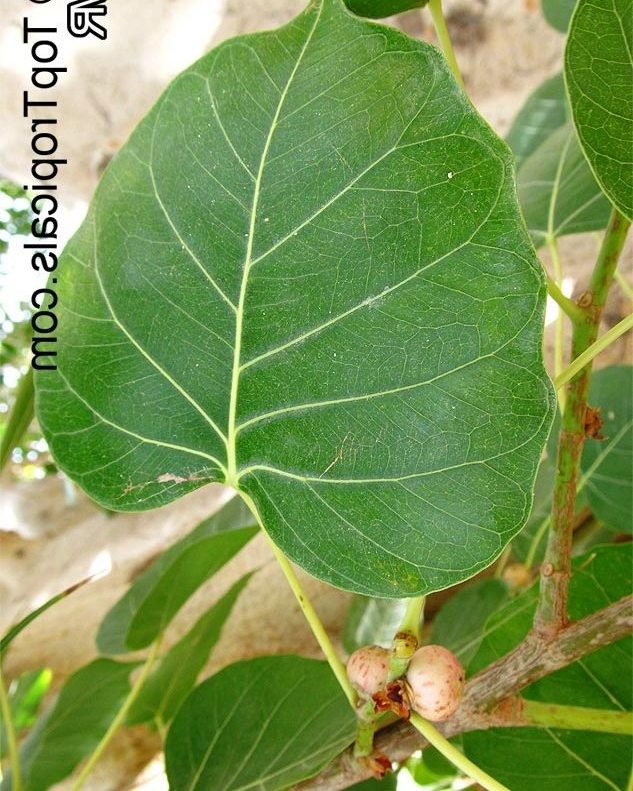Sacred Fig Tree
(Ficus cordata salicifolia)

Description
Ficus religiosa or sacred fig is a species of fig native to the Indian subcontinent and Indochina that belongs to Moraceae, the fig or mulberry family. It is also known as the bodhi tree, pippala tree, peepul tree, peepal tree, pipal tree, or ashvattha tree (in India and Nepal). The sacred fig is considered to have a religious significance in three major religions that originated on the Indian subcontinent, Hinduism, Buddhism and Jainism. Hindu and Jain ascetics consider the species to be sacred and often meditate under it. This is the tree under which Gautama Buddha is believed to have attained enlightenment. The sacred fig is the state tree of the Indian states of Odisha and Haryana. Ficus religiosa is a large dry season-deciduous or semi-evergreen tree up to 30 metres (98 ft) tall and with a trunk diameter of up to 3 metres (9.8 ft). The leaves are cordate in shape with a distinctive extended drip tip; they are 10–17 centimetres (3.9–6.7 in) long and 8–12 centimetres (3.1–4.7 in) broad, with a 6–10 centimetres (2.4–3.9 in) petiole. The fruits are small figs 1–1.5 centimetres (0.39–0.59 in) in diameter, green ripening to purple. F. religiosa has a very long lifespan, ranging on average between 900 and 1,500 years. In some of its native habitats, it has been reportedly found living for over 3,000 years. Some trees have been reported to be more than 2,000 years old, like the Jaya Sri Maha Bodhi, a peepal tree in the ancient city of Anuradhapura in Sri Lanka which is estimated to be more than 2,250 years old and is regarded as the "Oldest historical tree in the world with religious importance".
Taxonomic tree:







